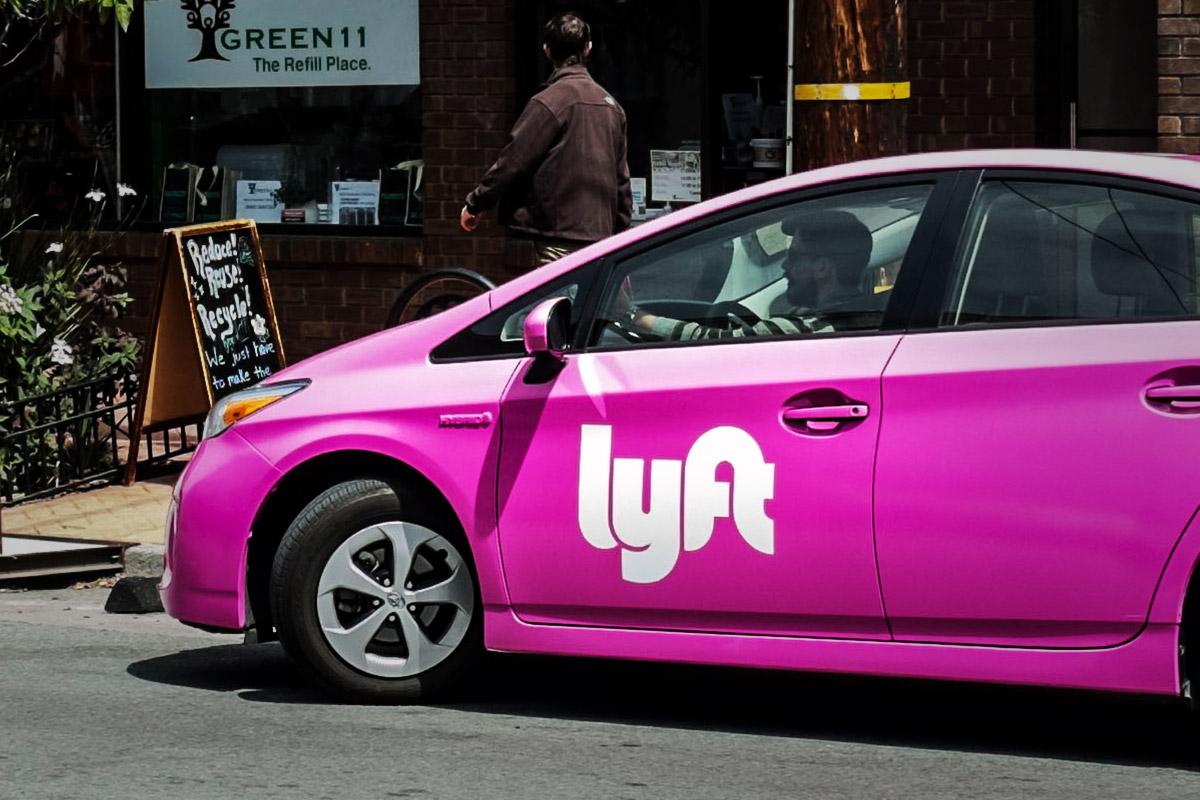Much like Snap Inc. (SNAP) several years ago, Lyft could be granted a rich post-IPO valuation with the help of strong buying interest among enthusiastic users of its services.
And though there are some clear differences between the companies, Lyft, like Snap, could have trouble maintaining that healthy post-IPO valuation amid questions about the No. 2 U.S. ride-hailing player’s future profitability given stiff competition.
Lyft’s IPO filing, released last Friday, does have its share of encouraging numbers. Revenue rose 103% annually in 2018 to $2.16 billion and 94% in Q4 to $669.6 million, with bookings (i.e., the gross revenue that Lyft collects from rides, before giving drivers their cut) rising 76% last year to $8.1 billion. Active riders rose 47% in 2018 to 18.6 million, with the number of rides on Lyft’s platform growing 53% to 178.4 million.
Those figures fit with third-party data indicating that Lyft, aided by aggressive pricing and perhaps also Uber’s PR woes, has been gradually gaining share. Payments analytics firm Second Measure estimates Lyft had 28.4% of the U.S. ride-hailing market as of last October, up about three percentage points from a year earlier. Uber, which confidentially filed for an IPO last December, was estimated to have 69.2% of the market, and all other players just 2.4%.
Lyft’s bookings and active rider numbers also suggest the U.S. ride-hailing market still has a fair amount of room to grow. Though predictions that legions of U.S. consumers will abandon personal car ownership for ride-sharing services appear overblown — just maybe cheap driverless ride-sharing fleets will change the debate one day — ride-sharing is clearly doing a number on the taxi industry. Many urban consumers (particularly younger ones) are deciding it’s often a more convenient way to get around than driving and subsequently looking around (and possibly paying) for parking. These trends still have a lot of momentum behind them.
Meanwhile, though Lyft is still reporting sizable GAAP net losses, its financials aren’t quite as bleak as they might appear at first glance. While net loss rose by 32% in 2018 to $911.3 million, it rose by only 4% annually in Q4 to $248.9 million. Lyft’s R&D and “operations and support” spending continue growing rapidly, and its general & administrative (G&A) spend has jumped in recent quarters as it lays the groundwork for an IPO. However, its sales and marketing spend is now growing much more slowly, and its gross margin has been gradually rising; in Q4, it rose by nearly six percentage points annually to 45.5%.
Also, Lyft’s free cash flow (FCF – operating cash flow minus capital expenditures) actually improved last year to negative $349.4 million from negative $401 million, in spite of a surge in capex stemming from Lyft’s investments in a bike and scooter-sharing fleet. Though bike and scooter investments are likely to pressure FCF and gross margin in the near-term, it’s not hard to imagine Lyft becoming cash-flow positive within a couple of years.
However, with Lyft valued at $15 billion in a 2018 funding round and reportedly expecting to be given an IPO valuation in the range of $20 billion to $25 billion, simply becoming cash-flow positive isn’t enough for the company. The company needs to show it’s capable of eventually producing substantial amounts of net income and FCF. And there are reasons to think that pulling this off will be challenging.
As the differences between Lyft’s 2018 revenue, bookings and ride growth rates signal, a healthy chunk of Lyft’s recent revenue growth has come from price hikes and a higher revenue cut on driver bookings. It’s far from clear that Lyft can continue hiking prices and growing its revenue cut over the long run without sparking a backlash from customers and drivers, particularly with Uber’s estimated U.S. market share still more than twice that of Lyft’s.
In addition, while Lyft’s total expense growth should trail its revenue growth going forward, it might not do so by a massive margin if the company isn’t able to keep hiking prices and upping its revenue cut. Operations and support and (to a lesser extent) R&D spending could both keep growing rapidly as Lyft sees rider growth and launches new services, and sales and marketing spend is likely to remain elevated as long as Uber is also fighting hard for market share.
A stiff competitive environment could also act as a headwind for Lyft. Uber has been doing a decent job of addressing its image issues under new CEO Dara Khosrowshahi, and (via its UberEATS platform) has successfully expanded into food-delivery services in a way that Lyft hasn’t. And in the bike and scooter-sharing market, Lyft faces competition not only from Uber, but from upstarts such as Lime (backed by Uber) and Bird.
And though it’s early days and Lyft wants to compete in this space as well, driverless ride-sharing services are also a long-term competitive risk. Alphabet’s (GOOGL) Waymo just launched a limited ride-sharing service in the Phoenix area, with plans to expand into other cities, and General Motors’ (GM) Cruise unit is hoping to do a launch in San Francisco later this year. Tesla (TSLA) , for its part, has talked about eventually giving customers the chance to earn money by loaning their cars to a driverless fleet when they’re not being used.
Perhaps Lyft will be able to avoid being seriously pressured by such competitive threats. And perhaps it will also be able to keep its expense growth low while rapidly growing revenue, and in doing so start producing massive amounts of profits and free cash flow in a few years’ time.
But for now, it hardly feels like a given that all of these things will happen. And as a result, it’s quite possible that Lyft’s stock will come under pressure once the initial post-IPO euphoria fades.
Alphabet is a holding in Jim Cramer’s Action Alerts PLUS Charitable Trust Portfolio. Want to be alerted before Cramer buys or sells GOOGL? Learn more now.

